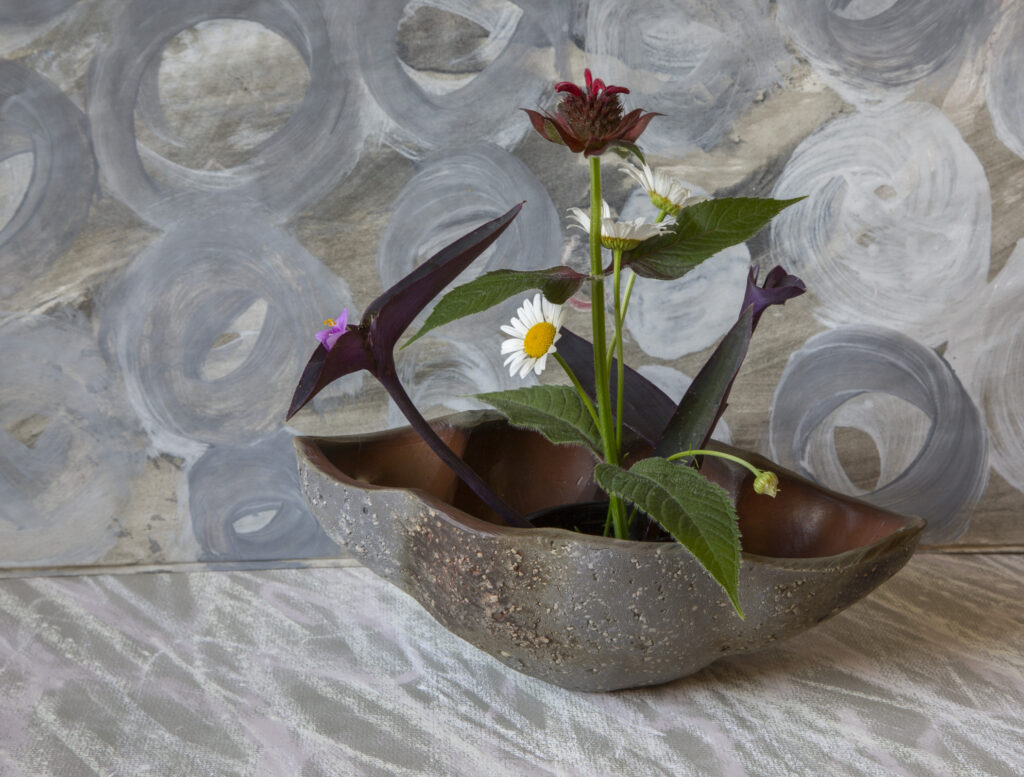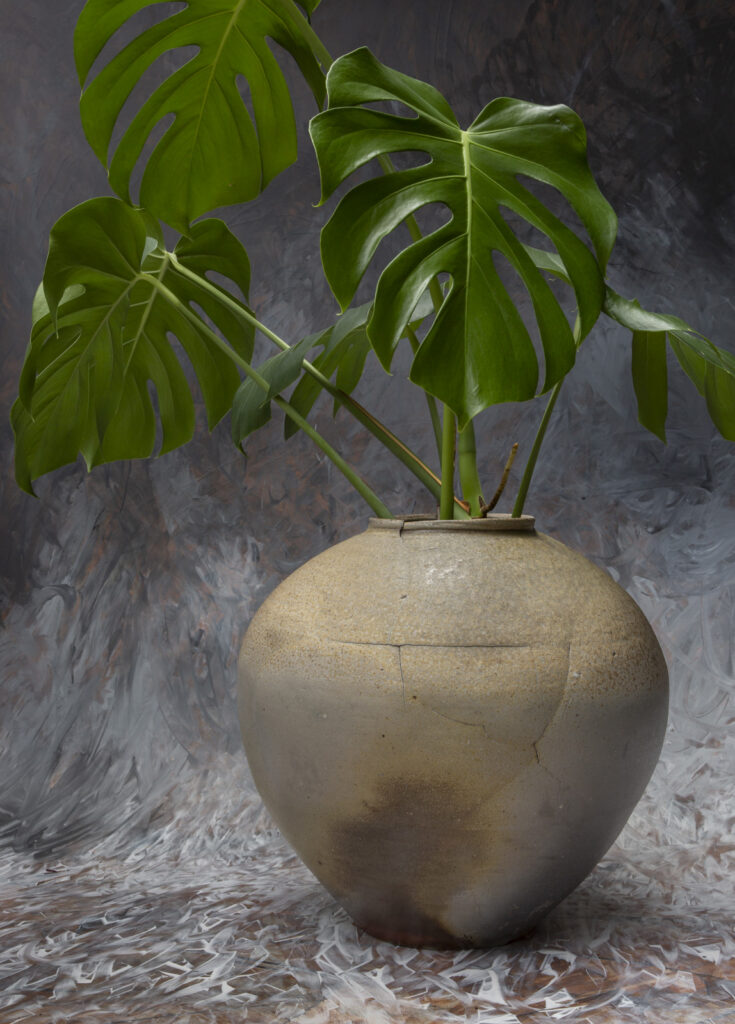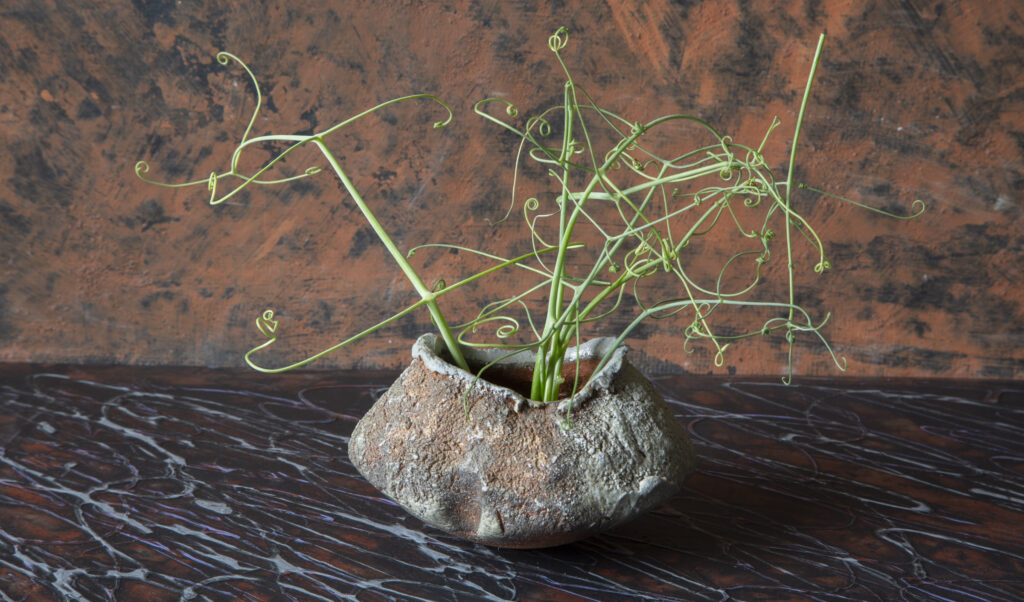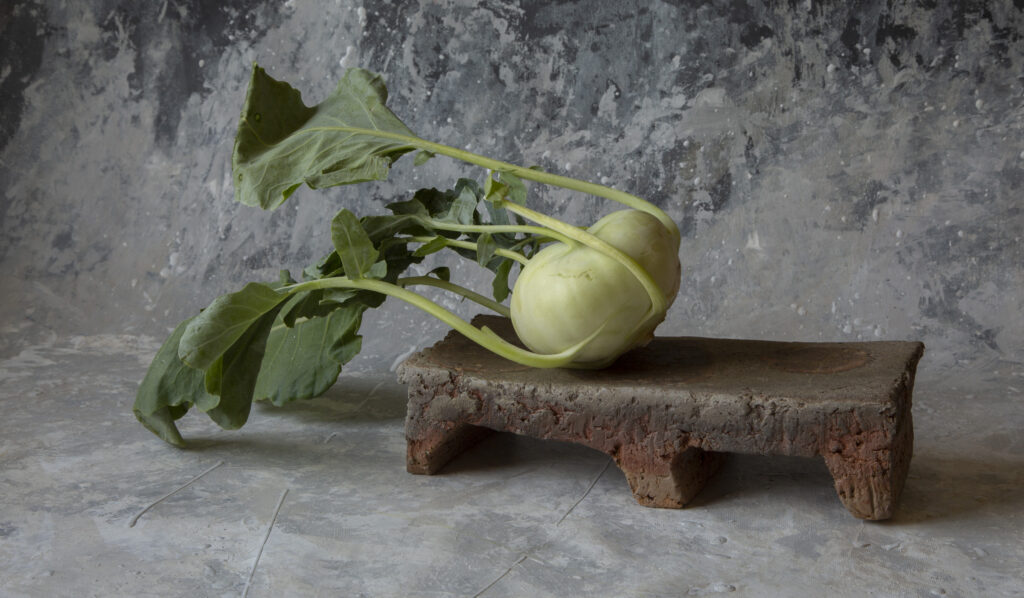My dad was a loud sleeper. Boy, did he snore. In the summer after my mom died Zoë slept in the cabin room next to his, separated only by a thin pine wall. She was dismayed by his dream swearings in the wee hours of the night. Our family also believed in naps. My brother Stephen and I used to wonder if the soup and sandwiches at lunch were drugged to make us all nap so soundly.
My father also hated it when his children retold their dreams at the breakfast table. I have had recent vivid dreams of baby sitting for our grandson or meeting my dad at a Soho restaurant. In my dreams my mom is worried about candles and flowers. I always want to slip into a dream life that is less messy, perhaps full of the seeds of ideas, simple rich meals, and resonant pots. I have been dreaming of scattering the poppy seeds in our field for next year’s blossoms and visualizing the Meyer lemon tree weighed down with fruit.
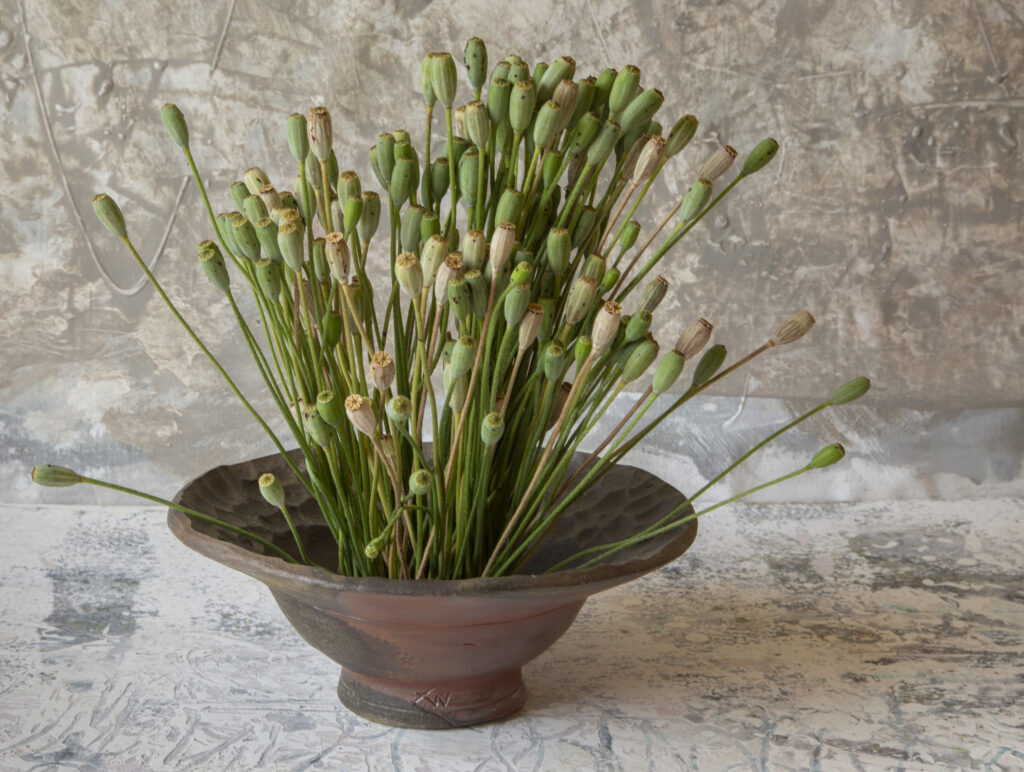
Careful of what I carry
in my head and in my hollow,
I’ve been a long time worried
about grasping infinity
and coaxing some calm
out of the softest part
of the pins and needles of me.
I’d like to take a nap.
But not a nap that’s eternal,
a nap where you wake up
having dreamt of falling, but
you’ve only fallen into
an ease so unknown to you
it looks like a new country.
Let me slip into a life less messy.
Let me slip into your sleeve.
Be very brave about my
trespass, the plan is simple —
the plan is the clock tower
and the lost crow. It’ll be rich.
We’ll live forever. Every moon
will be a moon of surrender
and lemon seeds. You there,
standing up in the crowd,
I’m not proud. The stove
can’t boast of the meal.
All this to say — consider this,
with your combination of firefly
and train whistle, consider this,
with your maze and steel,
I want to be the rough clothes
you can’t sleep in.
–Ada Limón, excerpt from The Noisiness of Sleep in Bright Dead Things, Milkweed Editions
